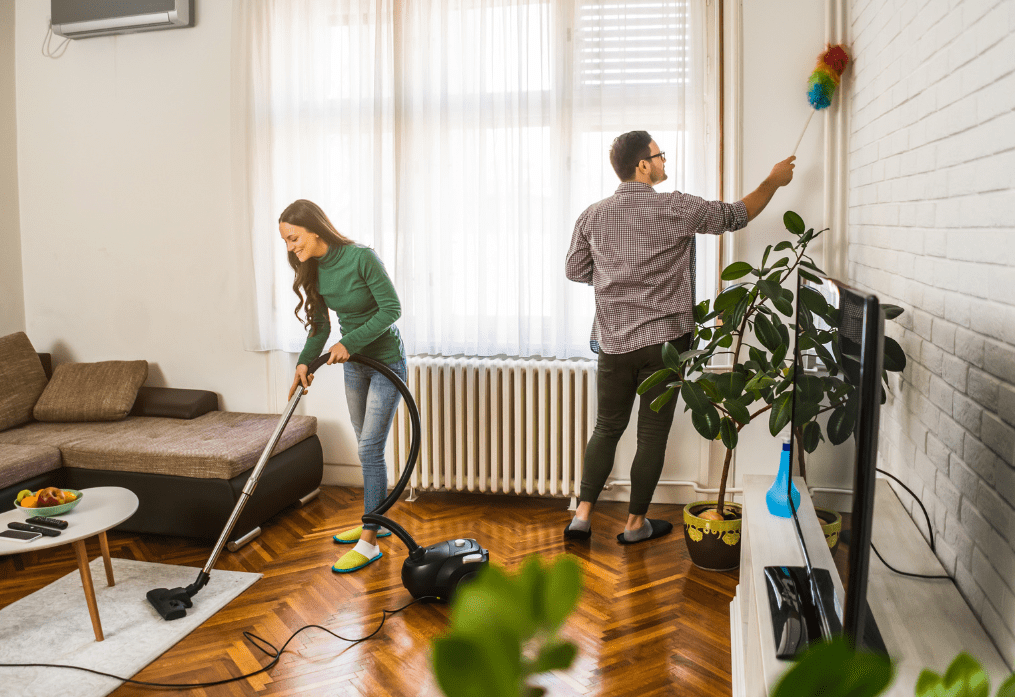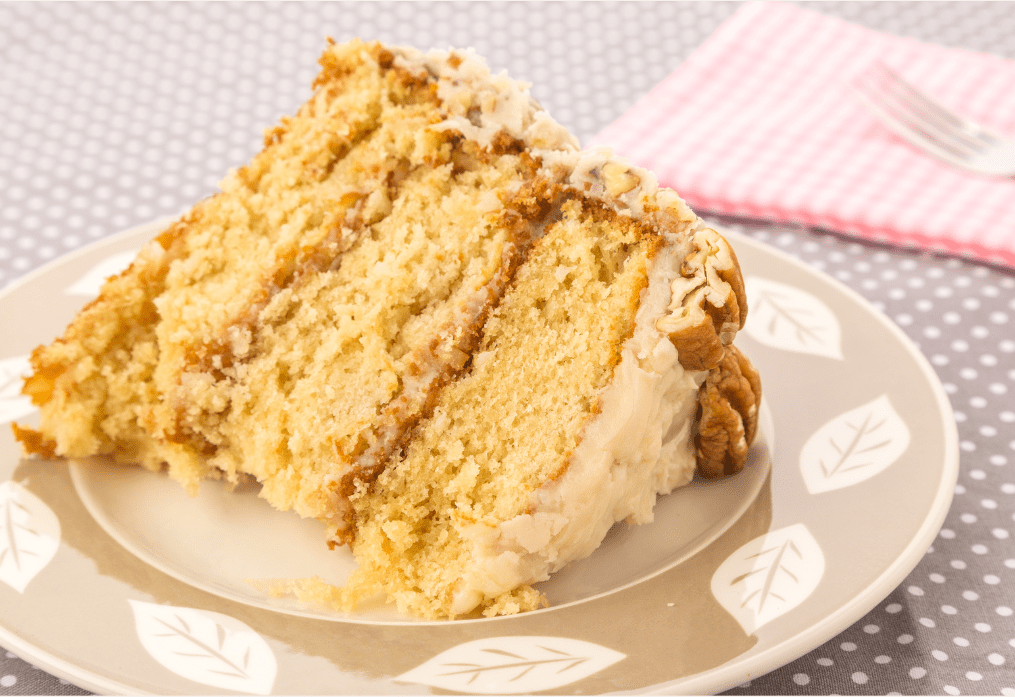Understanding Dust’s Magnetic Nature
Dust particles comprise various substances, including dead skin cells, pollen, dirt, and microscopic fibers. These particles are often electrically charged, causing them to attract one another. This electrostatic attraction makes dust “magnetic,” causing dust to accumulate rapidly, leading to a dustier environment over time if not regularly cleaned.
Health Implications of Dust
Dust in the Lungs
When inhaled, dust can irritate the respiratory tract. Fine particles can penetrate deeply into the lungs, mixing with lung fluids, potentially hardening, and leading to respiratory issues. Prolonged exposure can result in chronic conditions such as asthma, bronchitis, and other serious lung diseases.
Dust in the Eyes
Dust particles can cause significant irritation when they come into contact with the eyes. Symptoms include itching, redness, and tearing. Persistent exposure can lead to conditions such as conjunctivitis (pink eye) and potential damage to the cornea.
Effective Dusting Techniques
Start from the Top
When cleaning, always start from the highest surfaces and work your way down. This ensures that any dust dislodged from higher areas will fall and can be cleaned up as you move downward.
- Ceiling Fans and Light Fixtures: Dust these first to prevent dust from falling onto already cleaned areas.
- Shelves and Ledges: Move to shelves and ledges, using a microfiber cloth to capture dust particles effectively.
- Corners and Baseboards: Use a vacuum with attachments to reach into corners and along baseboards.
Blinds Cleaning
- Horizontal Blinds: Close the blinds fully, then use a microfiber cloth or a special blind cleaning tool to dust each slat from top to bottom. Reverse the blinds and repeat. It is most often necessary to use a microfiber cloth to properly clean the horizontal blinds due to the cords that hold the slats together. These cords make it more difficult to get into the areas in between the cords
- Vertical Blinds: Close the blinds and dust each slat from top to bottom using a microfiber cloth. Reverse the blinds and repeat the process.
Special Attention Areas
- Fans: Clean fan blades thoroughly as they can disperse dust throughout the room when turned on.
- Behind Furniture: Move furniture periodically to clean behind it, as these areas can harbor significant dust.
- Electronics: Use electrostatic cloths or brushes designed for electronics to avoid damaging sensitive components.
Proper Dusting Method
- Microfiber Cloths: These are highly effective at trapping dust particles due to their electrostatic charge.
- Dusting Sprays: Use sprays that can help reduce static electricity, making surfaces less attractive to dust.
- Vacuuming: Vacuum thoroughly after dusting to capture fallen dust. Use a vacuum with a HEPA filter to trap the smallest particles.

Cleaning Floors
- Vacuuming: For tiled floors, sometimes it’s better to use a vacuum on the tile setting instead of sweeping to prevent stirring up dust.
- Mopping: After vacuuming, mop the floor. Use a fresh bucket of water for each room to avoid spreading dust and dirt.
Charcoal’s Role in Dust Reduction
How Activated Charcoal Reduces Dust
Charcoal is highly porous and has a large surface area, which allows it to attract and hold dust particles effectively. The charged nature of activated charcoal helps to neutralize dust particles in the air, reducing overall dust accumulation. Strategically placing activated charcoal around your home can help maintain cleaner air and surfaces.
- Placement: Place activated charcoal in areas prone to dust accumulation such as near windows, in corners, and around electronic devices.
- Maintenance: Replace the charcoal every few months to ensure its effectiveness in capturing dust particles.

Additional Measures for a Dust-Free Home
Air Purifiers and Plants
Air Purifiers
Using air purifiers can significantly reduce the amount of airborne dust. Choose purifiers with HEPA filters to ensure they capture the smallest particles. These devices work by drawing in air, trapping dust and other particulates in the filter, and then releasing clean air back into the room. Regular maintenance and filter replacement are essential to keep the purifier working effectively.
Using Plants as Natural Air Purifiers
Plants can also play a crucial role in reducing dust and improving indoor air quality. Certain plants are particularly effective at filtering airborne toxins and dust. Strategically placing plants around your home not only beautifies the space but also helps to purify the air.
In Charmene Vega’s book, “A Breath of Fresh Air,” she outlines which plants are best suited for specific rooms and why a specific placement:
- Living Room: Spider Plant, Boston Fern, and Rubber Plant
- Bedroom: Aloe Vera, Peace Lily, and Snake Plant
- Kitchen: English Ivy, Herbs like Basil and Mint
- Bathroom: Bamboo Palm, Orchids
These plants help absorb dust and toxins, making your indoor environment healthier.
Additional Measures for a Dust-Free Home
Cleaning Air Ducts and Filters
Regularly clean your home’s air ducts and replace air filters to prevent dust from circulating through your HVAC system. This should be done every 3-6 months depending on usage and the environment.
Clean the air vents weekly. There are also filter covers that can be placed over the air vents. Spraying these filters with an antibacterial spray helps keep down viruses and bacteria, especially during flu season and when virus numbers and increasing. Look for a spray that kills viruses, bacteria, mold, and fungus such as Clean Smart Daily Surface Spray.
Carpet Cleaning
Before shampooing carpets:
- Vacuum Thoroughly: Remove as much surface dust and debris as possible. Make sure to use a vacuum that has a HEPA filter, and does not blow air back into the room.
- Shampoo the Carpet: Use a quality carpet shampooer to deep clean.
- Vacuum Again: Once the carpet is dry, vacuum multiple times to remove any remaining dust that is released from the fibers during shampooing.
- Vacuum floors and mop twice a week.
- Vacuum carpets in between the floor vacuuming and mopping.
Holistic Nutrition and Dust-Free Living
Cleaning dust from your home is a crucial part of holistic nutrition, which encompasses the air you breathe, the water you drink, the chemicals you use, and the food you eat. You are a combination of all these factors, and your health and longevity are determined by them.
- Air Quality: Ensuring clean air through regular dusting and using air purifiers.
- Water Quality: Drinking filtered, clean water free from contaminants.
- Chemical Exposure: Using non-toxic cleaning products to minimize exposure to harmful chemicals.
- Nutrition: Consuming a balanced diet rich in nutrients to support overall health.
Putting Away Equipment
- Mop – wash and sanitize, wring out, and let dry thoroughly.
- Vacuum – empty all dust and dirt, remove lint and hair from rollers and tube brushes, rinse filters and dirt container.
- Carper cleaner – rinse and thoroughly dry before putting away
- Dust cloths- wash, dry, fold, and put away.
- Other dusting materials- clean and put away.
By maintaining a clean, dust-free home, you contribute to a healthier living environment, which is essential for overall well-being and longevity.









